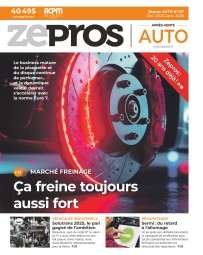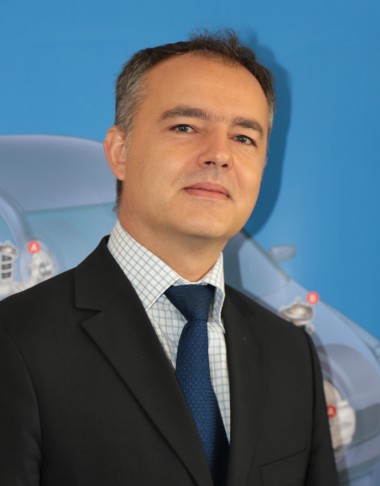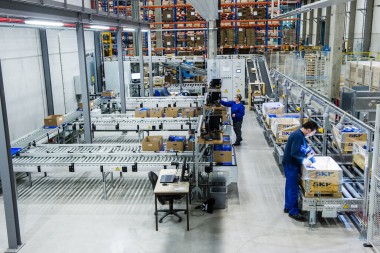Zepros : How did the market perform in 2018?
Stéphane Gendron: It contracted slightly between 2% and 3% in volume on the products we distribute. As far as business based around engines is concerned, we saw a bigger contraction for two main reasons. First of all, we felt the first effects of the launch of vehicles with more durable OE parts in the early 2000s. This will continue in the long term on regularly replaced wear and tear components. On the other hand, there is no perceivable change on broken parts yet. Second, we are entering a soft patch. There was widespread replacement of vehicles between 2007-2010, we have not yet seen new models coming along to replace these in workshops. At SKF, we hope that the years 2020-2023 will be better. So clearly, European markets have not been growth accelerators this year.
No outlook for IAM growth in Europe then?S.G.: There is, but we must also focus on Asian markets and especially China. This country is building its independent spare parts sector. The presence of leading western parts manufacturers has increased this year. SKF, for example, set up its IAM team China a few months ago. In a few years, the weight of IAM turnover will be huge and will exceed the European business. We will also need to take account of Asian parts manufacturers, little known in Europe but very strong.
Being both an OE and aftermarket supplier, does it make it easier to absorb these market slowdowns?S.G.: Yes, the OE market is buoyant. We now have new markets with manufacturers who were not historical partners, but who had to expand their supplier base to supply their factories with additional parts volume. Innovation is also an excellent lever to win a new OE contract. A dual OE / IAM presence means we can absorb product cycles, working on other components and so widening their scope.
Does a move to a dual presence also explain the concentration of parts?S.G.: I’m not so sure, when it comes to agreements such as we have seen with ZF-TRW or Tenneco absorbing Federal Mogul. On the other hand, acquisitions of complementary expertise through acquisitions by specialists (in electronics, connectivity, etc.) will become more widespread. I think that there will be another upsurge of such high-level acquisitions, but it will come from Asian suppliers wishing to have a presence in Europe and which are already sufficiently big to acquire large players. For the moment, our European legislation is not yet "open door”, but a multilateral approach could change this.
… and what about the distribution networks?S.G.: If we are still talking about external growth, the large groups that have concentrated a lot in recent years are now entering a phase of aggregation. They are structured to optimize their performance in terms of sales. This is especially true for LKQ.


